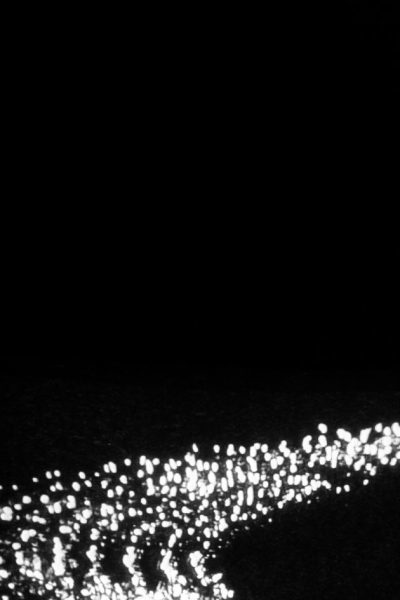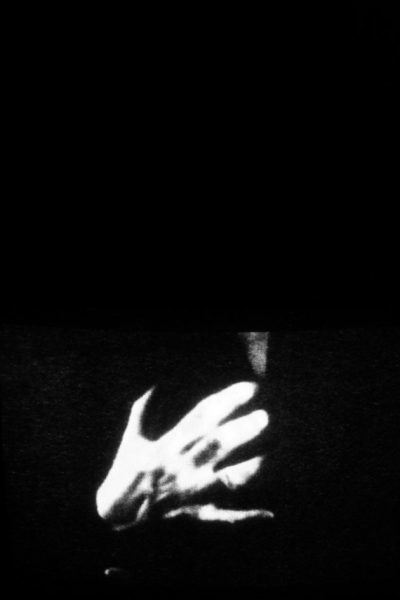Arles, the Rencontres de la photographie, our 5 selected must-see shows at the photography festival
This year the Rencontres de la Photographie celebrates its half-century. A must-see summer event in the south of France for art and photography lovers. The 50th edition of the Rencontres d’Arles is in memory of the festival’s founders Lucien Clergue, Michel Tournier and Jean-Maurice Rouquette (who died earlier this year). The Artskop3437 editorial team presents its must-see selection of exhibitions.
The walls of power – Man-made barriers through Europe

This group exhibition addresses one of the most controversial contemporary topics, that is, immigration within the European context. Thanks to contemporary documentary photography, the walls that were erected by the authorities and that still prevent people from entering or leaving European territory today. Although there are walls of all kinds around the world, such as the one separating the United States from Mexico, one Korea from the other, Israel from the West Bank, Pakistan from India, or South Ossetia to name but a few, this selection focuses on a single continent, Europe… The photos distinguish three types of walls according to their use, divided into three sections: influence walls, segregation walls and migration walls. Among the artists presented are Sergi Cámara (1970), Arnau Bach (1981), Attila Balázs/MTI (1969), István Bielik (1985), David Brauchli/Reuters, Tijen Erol (1966) and many others. Exhibition curated by István Virágvölgyi, winner of the Curatorial Research Grant of the Rencontres d’Arles
Free trade with the artist Mohamed Bourouissa
At the Monoprix (french supermarket), we find Mohamed Bourouissa. He chose this place to exhibit fifteen years of creation combining photography, video, painting, drawing, sculpture because a department store offers an interesting context to his work that questions in particular the place of the unemployed, the humble in the social space, but also the circulation of money, knowledge…
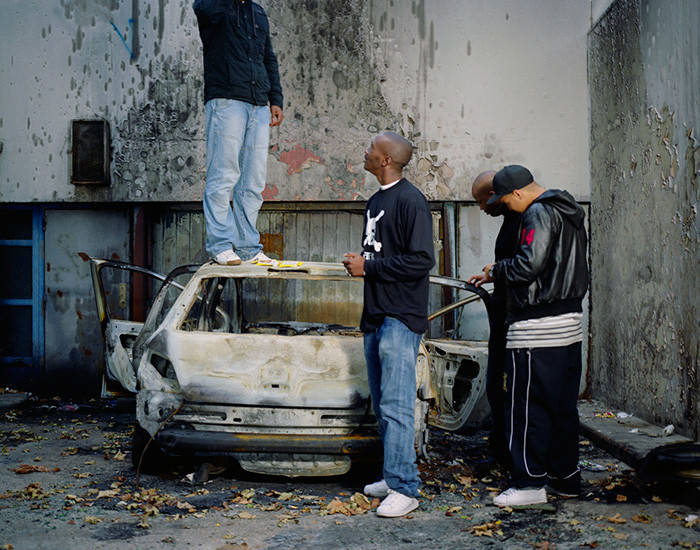
© Mohamed Bourouissa
Free-Trades retraces a history of trade and non-market trade. On the other side of the image and using its different registers (replayed scenes, hidden cameras, stolen images, telephone images), Mohamed Bourouissa shows fragments of reality by bringing out new stories. The economic relations between the beings who shape our society are at the heart of its work: from exchange to the value we give to things. The circulation of money and images is put under tension in this exhibition by its corollary of control and limitation. He is building a prolific, complex work, among the most appreciated on the international scene. Mohamed Bourousissa was born in 1978 in Blida, Algeria. He lives and works in Paris, France. Exhibition curated by Sam Stourdzé.
Helen Levitt (1913-2009), capturing New York’s streets at the Van-Gogh space
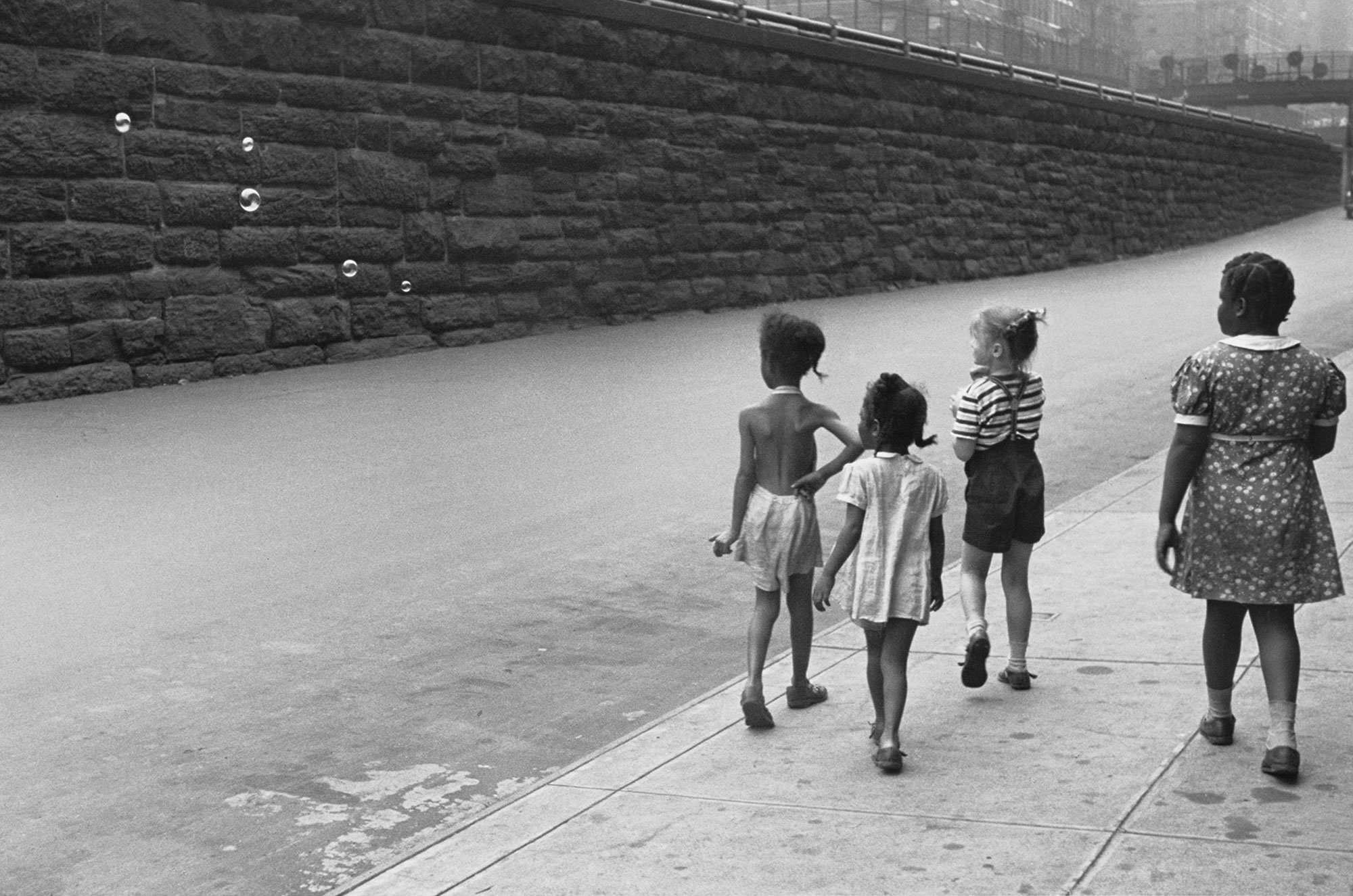
From the 1930s onwards, Helen Levitt immortalized street culture in disadvantaged neighbourhoods such as Spanish Harlem and Lower East Side: graffiti, adults sitting in front of building entrances and children playing are among her main subjects. Unlike reporters whose traditional ambition is to document societal dysfunctions, she understands photography as an artistic expression that allows her to merge her daily experience with her personal aesthetic experience. Like an ethnographer, she shoots New York street scenes as if they were mythical customs and habits, exotic ceremonies. These nearly 130 photographs – many of which are exhibited here for the first time – provide a nuanced look at Levitt’s work and retrace its evolution from street photographer to filmmaker and colour photographer. Exhibition curated by Walter Moser.
White Dreams Extended by artist Steve Bauras presented by Ycos-Project, Paris
For the installation White Dreams Extended, the black surface of each image is thought of as the receptacle of our emotions in order to challenge the viewer on the infinite variability of our perceptions. In his approach, Steeve Bauras uses the image to show its ability to reinvent itself according to the context it is assigned. By distorting the capture of documentary images relating to the Second World War, the artist brings these archives out of oblivion and confronts us with our constant tendency to consume images without taking into account them. By bringing together the inconceivable horror and the self-reporting, the artist confronts the viewer with the search for a truth from which he will begin this transformation of the traumatic reality contained in the images. Steve Bauras was born in 1982 in Fort-de-France, Martinique. He lives and works in Paris, France. Exhibition curated by Yves Chatap.
The Banana Republic by artist Shinji Nagabé presented by the Da Gávea Gallery in Rio de Janeiro, Brazil
![Shinji Nagabe, Cartão de boas maneiras para homens, O ideal x a caricatura [Carte de bonne conduite pour hommes, L’ideal x la caricature], São Paulo, 2018. © Shinji Nagabé](http://s960436671.onlinehome.fr/wp-content/uploads/2019/08/shinji-nagabe-republiques-bananes-rencontres-photgraphies-arles-artskop.jpg)
© Shinji Nagabé
Several recent events around the world seem to have put us in a state of suspended reality. The Banana Republic is a response to this state of disillusion and political and social disenchantment. The surrealist realism of the series is based on existing facts, but extrapolated to the same level of fantasy as so many recent speeches. The country created by Shinji Nagabe is under the yoke of a cruel and populist dictator. Bananas are used to blind and censor, while resistance groups use them to make weapons and homemade bombs. This visceral response paves the way for a guerrilla warfare between rebels and the government with its retrograde and conservative vision. The social and political transformations recently experienced in so many countries are reflected in The Republic of Bananas. The plunge into this fictional republic and its acid tropical fantasy makes us reflect on the role of each one in the directions chosen for our communities and those we will have to choose in the future. Shinji Nagabe was born in 1975 in Terra Roxa, Brazil. He lives and works in Paris, France. Exhibition curated by Yves Chatap.
![Shinji Nagabe, Objetos apreendidos n°7 [Objets saisis n°7], São Paulo, 2018. © Shinji Nagabé](http://s960436671.onlinehome.fr/wp-content/uploads/2019/08/Shinji-nagabe-republiques-des-bananes-rencontres-photographies-arles-artskop.jpg)
© Shinji Nagabé

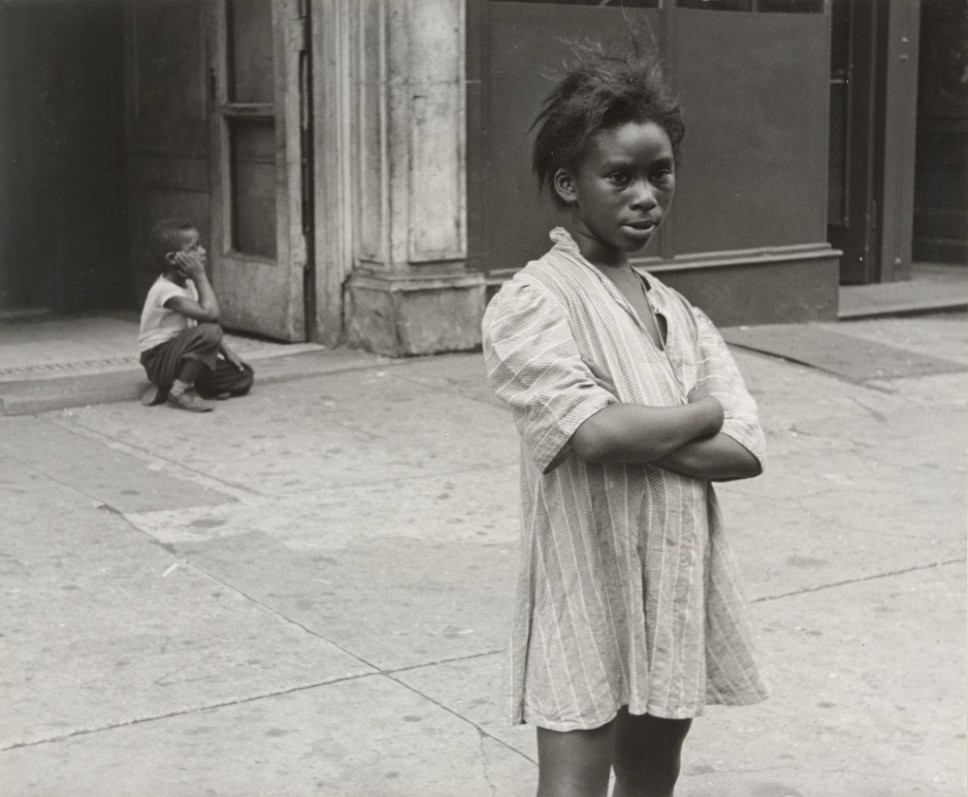
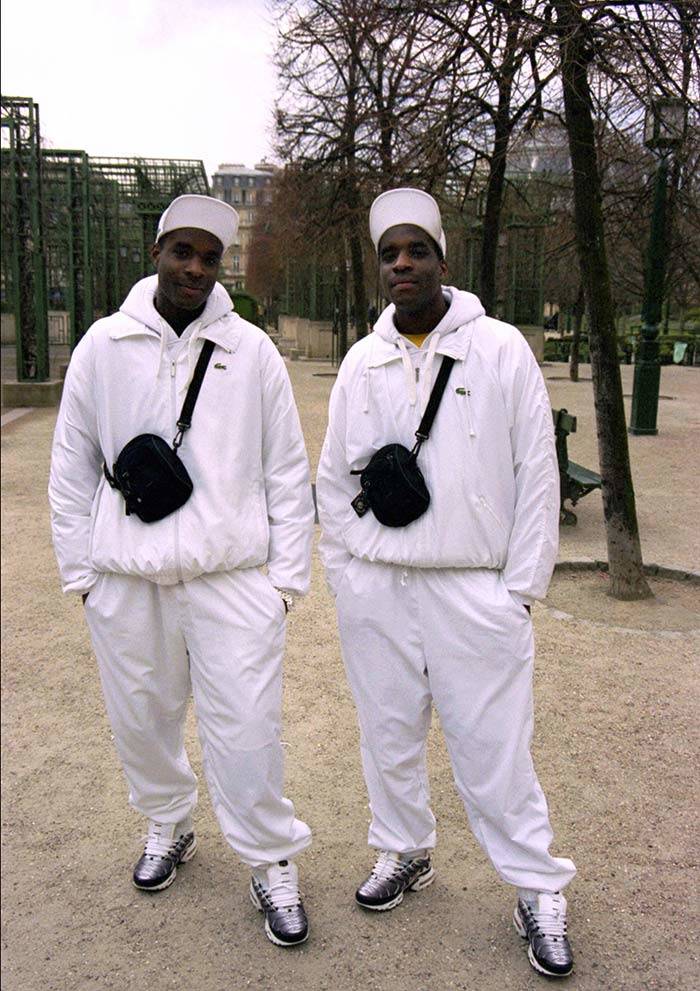

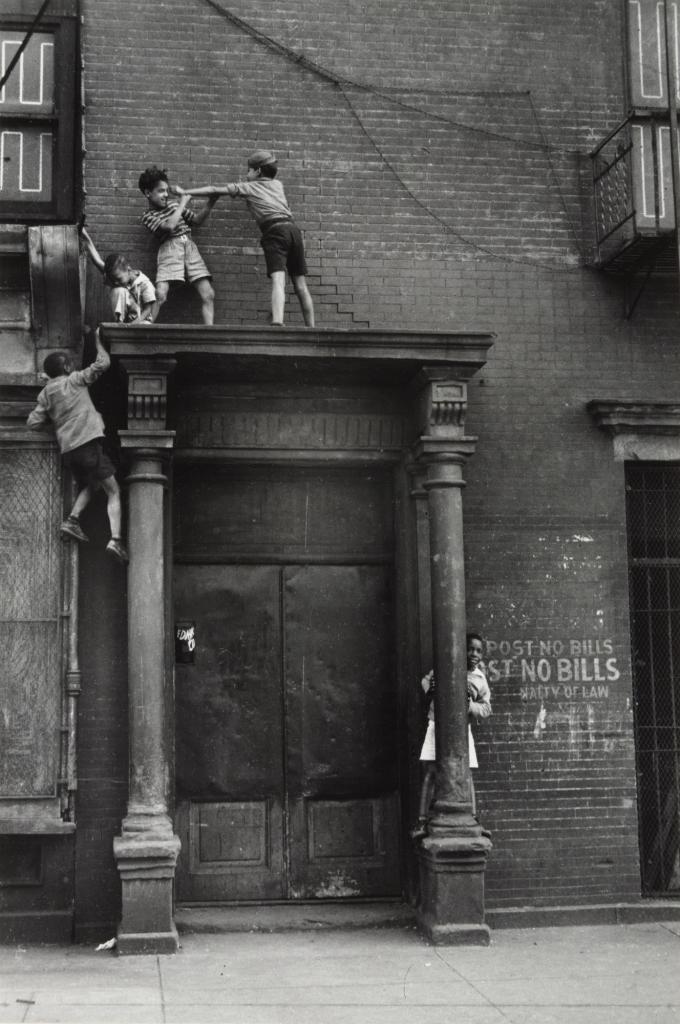
![Shinji Nagabe, Garoto com fuzil [Garçon avec un fusil], São Paulo, 2018 © Shinji Nagabé](https://www.artskop.com/wp-content/uploads/2019/08/Shinji-nagabe-rencontres-arles-2019-republiques-des-bananes-garçon-avec-fusil-artskop.jpg)
![Shinji Nagabe, Homem-bomba [Le kamikaze], Paris, 2018 © Shinji Nagabé](https://www.artskop.com/wp-content/uploads/2019/08/Shinji-nagabe-republiques-des-banaes-rencontres-photographie-arles-2019-artskop.jpg)
